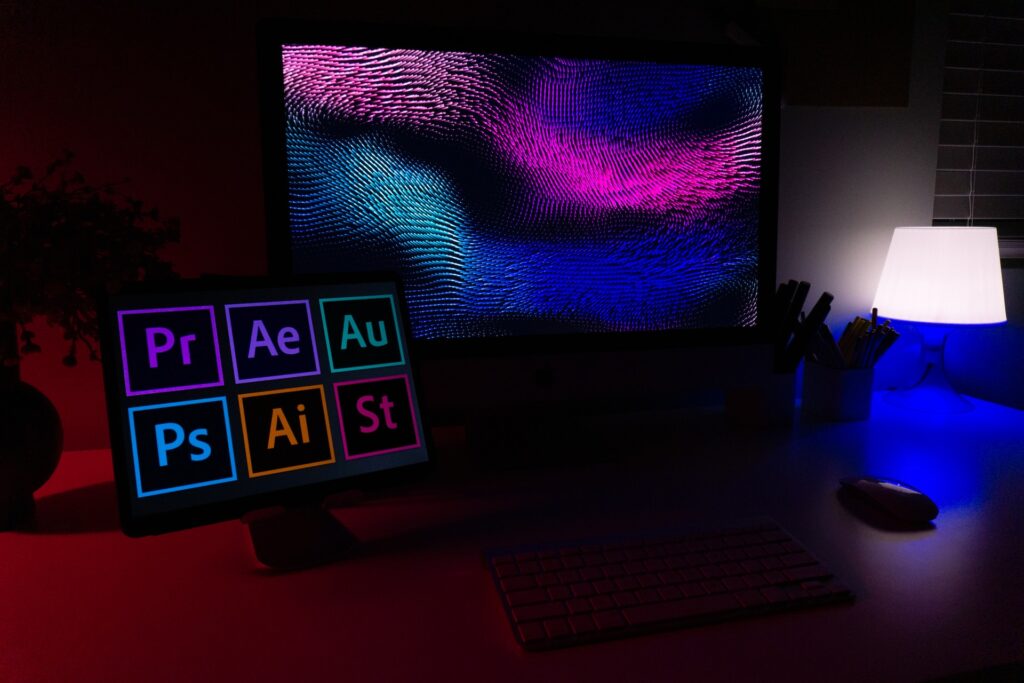History Of Graphic Design
Graphic design is so ingrained in our culture that it’s difficult to imagine life without it. Its history stretches back to the earliest days of human expression, when illustrations of people and animals adorned pottery and cave walls. From the art movements of the 1900s and 1940s that used posters as a form of visual expression, like Constructivist artwork and Suprematism, to today’s popular Non-Fungible Token (NFT) motifs, graphic design has continually evolved.
Printing
While some people claim graphic design has existed for centuries, it is believed that the industry really started to take off during the Second Industrial Revolution in the late 19th century with posters being used to promote items such as transportation, entertainment and manufactured goods. Today, we use computer technology to create these designs.
A 3D model is sliced into thin, 2-dimensional layers that are then printed onto different materials to form the finished product. This printing process is known as lithography, chromolithography or offset printing and has been around for quite some time.
Typography
Graphic designers use typography to communicate a brand’s message. By using different fonts and styles, designers can grab the attention of their audience and build brand recognition.
Unlike art, which is usually viewed as subjective, typography is considered a functional and useful art. The development of typography was influenced by technological innovations and societal needs. Early examples of typography were found in manuscripts. Later, compositors or typesetters would design pages while they set the type.




